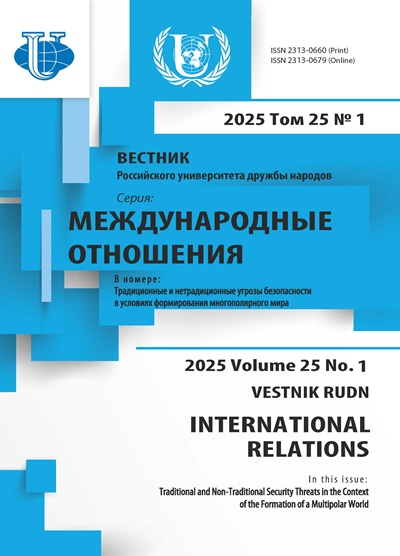Abstract
The article deals with “oppressed - oppressors” (mustadʻafun - mustakbirun) dichotomy. It was proposed inside Shiʻism and became an important element of International Relations (IR) theory and practice of such countries as Iran and Lebanon. The author discovers peculiarities of the Muslim states’ IR perception and also explains differences between a process of world view formation in the West and the Islamic world. The most important aspects of “oppressed - oppressors” dichotomy that underlies Shiʻite interpretation of IR and Influences on foreign policy of Iran and Lebanon, were elaborated by such Shiʻite religious scholars as Muhammad Baqir al-Sadr, Musa al-Sadr, Ruhollah Khomeini, and Muhammad Hussein Fadlallah. Their world views are based on the interpretation of the most important sources of Islam - the Qurʻan and hadiths. Thoughts of Shiʻite religious authorities took a wide distribution and popularity at different countries of the Islamic world in 1970’s. It was determined by the fact that these thoughts became a reaction on discontent of the Middle Eastern countries’ population on interference into their domestic affairs by the Western states, monopolization on the region’s natural resources by the Western companies and also negligence of the local governments that allowed neo-colonialism. Moreover, by that time the Middle Eastern countries had disappointed either in Socialism or in capitalism that both couldn’t resolve problems which impeded the Muslim states’ development. Shiʻites as a part of the Islamic world that during their long history were nearly always persecuted by Sunni majority, expressed that the oppressed Muslim nations didn’t need to adopt any Western ideology because the only Islam could become the answer on all the questions and a key weapon in the struggle against the oppressors.











